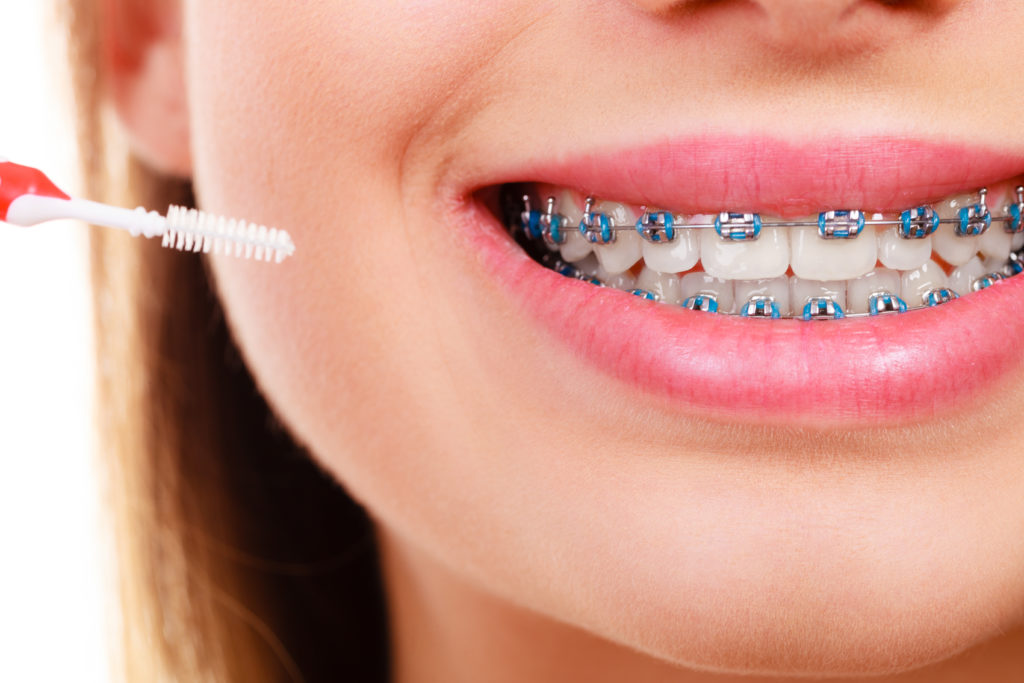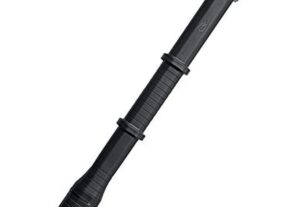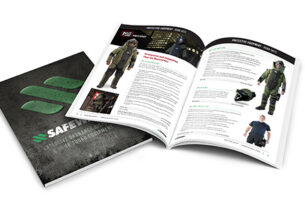Braces are an effective way to straighten teeth and achieve a beautiful smile. However, they require proper maintenance to ensure their effectiveness and health benefits. One of the most important aspects of maintaining braces is cleaning them regularly with the right tools.
Here, we will discuss everything you need to know about braces cleaning tools, including why they are important, what types of tools are available, how to use them properly, and some tips to make your cleaning routine more effective.
Why Are Braces Cleaning Tools Important?
Braces create a complex environment in your mouth that can be difficult to clean effectively. The brackets, wires, and bands provide ample spaces for food particles and bacteria to hide, leading to tooth decay, gum disease, bad breath, and other oral health issues.
Using braces cleaning tools is essential because they help you reach those hard-to-reach areas and remove any debris or plaque buildup. Regular cleaning with these tools can prevent dental problems, reduce discomfort caused by braces, and keep your teeth looking healthy and bright.
Types of Braces Cleaning Tools
There are various types of braces cleaning tools available on the market. Here are some of the most common ones:
1. Interdental Brushes – These specialized brushes have small bristles that can easily fit between the wires and brackets. They come in different sizes to accommodate different gaps between teeth.
2. Floss Threaders – Flossing can be challenging with braces since the wire can get in the way. Floss threaders are thin plastic needles that allow you to thread floss under the wire for a thorough clean.
3. Water Flossers – Also known as oral irrigators, water flossers use a steady stream of water to rinse away food particles and plaque from hard-to-reach areas. They are particularly useful for people with sensitive gums or orthodontic appliances.
4. Orthodontic Wax – This soft, pliable wax can be applied to the brackets and wires to reduce irritation and discomfort caused by rubbing against the cheeks or lips.
5. Toothbrushes – A soft-bristled toothbrush is essential for cleaning the surfaces of your teeth and braces. Electric toothbrushes are also a good option since they can provide more thorough cleaning.
How to Use Braces Cleaning Tools Properly
Using braces cleaning tools correctly is crucial to ensure their effectiveness and avoid damaging your braces or teeth. Here are some tips on how to use different types of braces cleaning tools properly:
1. Interdental Brushes – Choose an appropriate size brush for your gaps and insert it between your teeth and braces at a 45-degree angle. Gently move it back and forth to remove any debris, then rinse with water.
2. Floss Threaders – Thread floss through the loop of the threader, then guide it under the wire and between your teeth. Gently move it up and down along each tooth surface, making sure to go below the gumline.
3. Water Flossers – Fill the reservoir with warm water and aim the tip at a 90-degree angle towards your gumline. Start with low pressure and gradually increase as needed. Move the tip along each tooth surface, focusing on hard-to-reach areas.
4. Orthodontic Wax – Roll a small piece of wax into a ball, then place it over any brackets or wires that are causing discomfort. Make sure to remove it before brushing or eating.
5. Toothbrushes – Hold your brush at a 45-degree angle towards your gumline and brush in circular motions for two minutes. Pay special attention to the areas around brackets and wires, using gentle pressure.
Tips for Effective Braces Cleaning Routine
Here are some additional tips that can help you maintain healthy braces:
1. Brush after every meal – Food particles can easily get trapped in your braces, so it’s essential to brush after every meal. If you’re in a situation where you can’t brush, rinse with water or chew sugar-free gum.
2. Use fluoride toothpaste – Fluoride helps strengthen your tooth enamel and prevent cavities. Look for a toothpaste that contains 1,000-1,500 ppm fluoride.
3. Avoid hard, sticky foods – These types of foods can damage your braces or get stuck between them. Stick to soft, easy-to-chew foods like fruits, vegetables, and lean proteins.
4. Visit your orthodontist regularly – Your orthodontist will check your progress and adjust your braces as needed. They can also provide tips on how to improve your cleaning routine.
Conclusion
Maintaining a clean and healthy mouth is crucial when you have braces. Using the right tools and techniques can make all the difference in achieving optimal oral health and ensuring the effectiveness of your braces treatment.
Investing in quality braces cleaning tools and following a regular cleaning routine can prevent dental problems, reduce discomfort caused by braces, and keep your teeth looking healthy and bright.
References:
1. https://www.colgate.com/en-us/oral-health/cosmetic-dentistry/orthodontics/braces-cleaning-tips-for-healthy-teeth-0415
2. https://www.dentalhealth.org/braces-care
3. https://www.mouthhealthy.org/en/az-topics/b/brushing-your-braces
4. https://crest.com/en-us/oral-health/life-stages/adults/how-to-clean-braces-and-retainers




